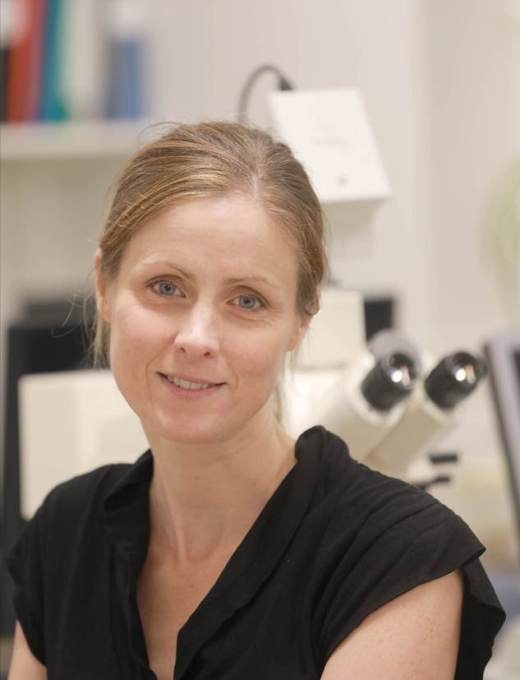Jan 25 2019
The printed packaging surface is considered as a vital part of packaging and conveys a message to the consumers. However, both the perception of the packaging and the product can be marred if the printing quality is poor.
 Sofia Thorman (Image credit: Karlstad University)
Sofia Thorman (Image credit: Karlstad University)
Now, a recent doctoral thesis dedicated on ink distribution in flexography makes it possible to control or predict the printing quality that is already in the paper mill manufacturing process.
A printed image can consist of several layers of ink and the distribution within each layer can affect the quality of the image. How evenly the ink is applied and distributed depends on the quality of the carton or the paper it is printed on. To ensure that the carton properties meet the requirements for stable printing quality, it is important to understand what causes irregularities in the print.
Sofia Thorman, Industrial Doctoral Student, Department of Chemical Engineering, Karlstad University.
Thorman is also a researcher at Research Institutes of Sweden (RISE).
Her doctoral thesis, titled “Where did the ink go?—The effect of liquid absorption on ink distribution in flexography” at RISE and Karlstad University, explores how the capacity of cardboard materials to take in a liquid in the form of ink impacts flexography.
New measuring methods
Although a majority of cartoon properties are being determined, no pertinent measuring technique is currently available for detecting the interaction between carton and ink. Two novel measuring techniques focusing on this interaction have been developed by Sofia Thorman in her doctoral project at RISE. The technique can be used for checking the way a liquid is uniformly absorbed in a cartoon, and also the way the different layers of ink are uniform in multi-ink printing.
Thanks to the new measuring methods, we can now check the quality of carton properties in a simple way. Gradually, we should also be able to predict the printing quality as early as in the paper mill process.
Li Yang, Principal Supervisor and Associate Professor, Research Institutes of Sweden.
The interaction between varied layers of ink in flexography has not been explored much in the scientific literature, and this is the reason why this became a specifically interesting part of the research.
“When several layers are placed on top of one another in multi-ink printing, the upper layer is affected by the underlying ink substrate,” stated Sofia Thorman. “It was clear that the upper layer becomes thinner on top of a thicker layer, and when the first layer is of uneven thickness, the upper layer becomes uneven too. At the same time, the results indicate that high-speed production also requires quick and even ink absorption to maintain high quality.”
The industrial graduate school VIPP aims to ensure the supply of postgraduate expertise to companies and institutes. That’s why it’s very gratifying that Sofia Thorman has been awarded a doctor’s degree and contributes to both RISE and the development of the partner companies, not to mention the progress made in graphic technology. Both Li and I have been involved in graphic technology research for many years and Sofia’s thesis is a new milestone in this important development of benefit to industry and university alike.
Magnus Lestelius, Professor of Graphic Technology, Karlstad University.
“Graphic technology research is of special importance to RISE, which is why we are now recruiting to a doctoral project,” added Li Yang.